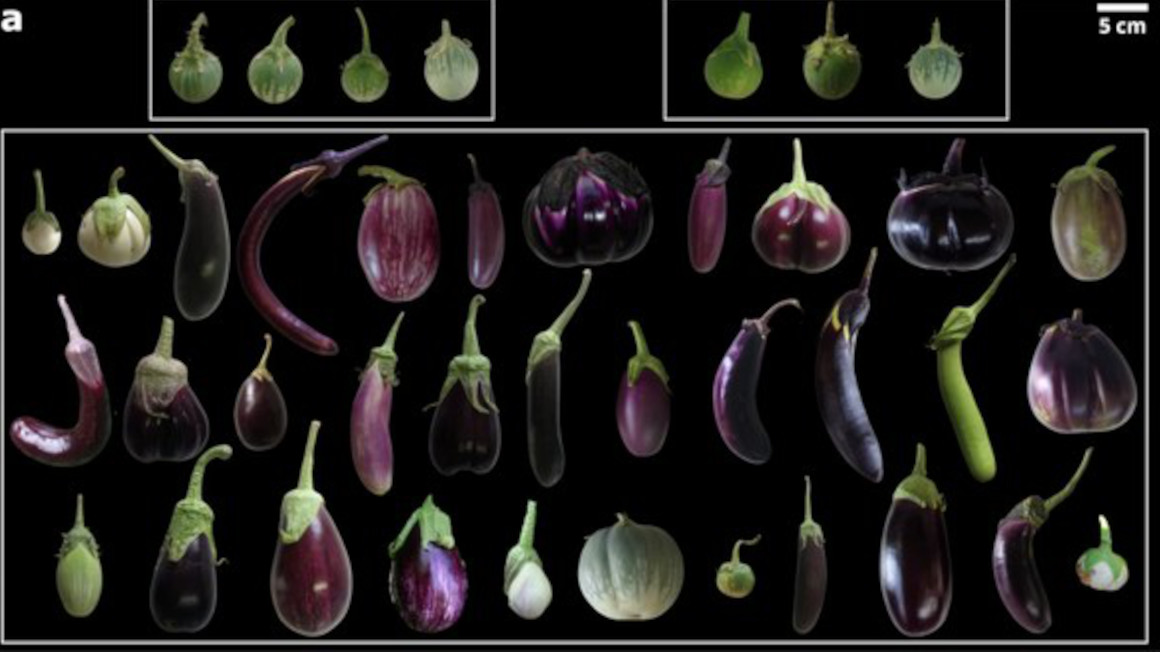One substance, two effects
Ecologists from Germany and Switzerland report that maize and wheat use the metabolite benzoxazinoid differently depending on which pest attacks them.

Plants have many enemies and predators against which they have to defend themselves. Therefore, they have developed defense mechanisms against many different types of attack. However, it would bind far too many resources if all these mechanisms were permanently active. Ecologists from the Max Planck Institute for Chemical Ecology and the University of Bern have now investigated such a case of resource management in maize, wheat and other plant species.
Poisoning caterpillars or protecting against aphids
According to the report in the journal "Science Advances", the secondary plant metabolite benzoxazinoid acts as a multifunctional weapon in maize plants: the molecule can initiate a chain reaction that seals the plant's vessels and thus deters aphids. However, benzoxazinoid can also act as a poison in and of itself, thereby preventing caterpillar damage. Methylation of a specific enzyme acts as a switch and thus decides which of the two mechanisms of action benzoxazinoid will come into effect.
The research group had genetically engineered this switch into wheat and adjusted it so that it only worked as an anti-caterpillar mechanism. As a result, the affected plants were particularly susceptible to aphids. However, the researchers were surprised that the susceptibility to fungal diseases did not increase. The fungus resistance of wheat depends on the accumulation of the sugar callose. However, this process is coupled to the anti-aphid function of benzoxazinoid and was therefore supposedly switched off.
A relatively new mechanism
Similarly remarkable, maize and wheat use the same way to produce benzoxazinoids and also use it for the same defence mechanisms. However, the enzyme that acts as a switch between these alternatives is different in both plants. Thus, both plant species must have developed similar defence solutions independently of each other during evolution. "On one hand, this may be evidence that the ability to use benzoxazinoids for different functions has evolved relatively recently," explains Matthias Erb from the University of Bern. "On the other hand, it highlights the importance of the ability to adapt defense responses specifically to different to different herbivores."
In the near future the researchers aim to clarify how benzoxazinoids control further defense mechanisms - and above all, why plants use a poison as a defense mechanism, when this would usually be the job of plant hormones.
bl/jmr


